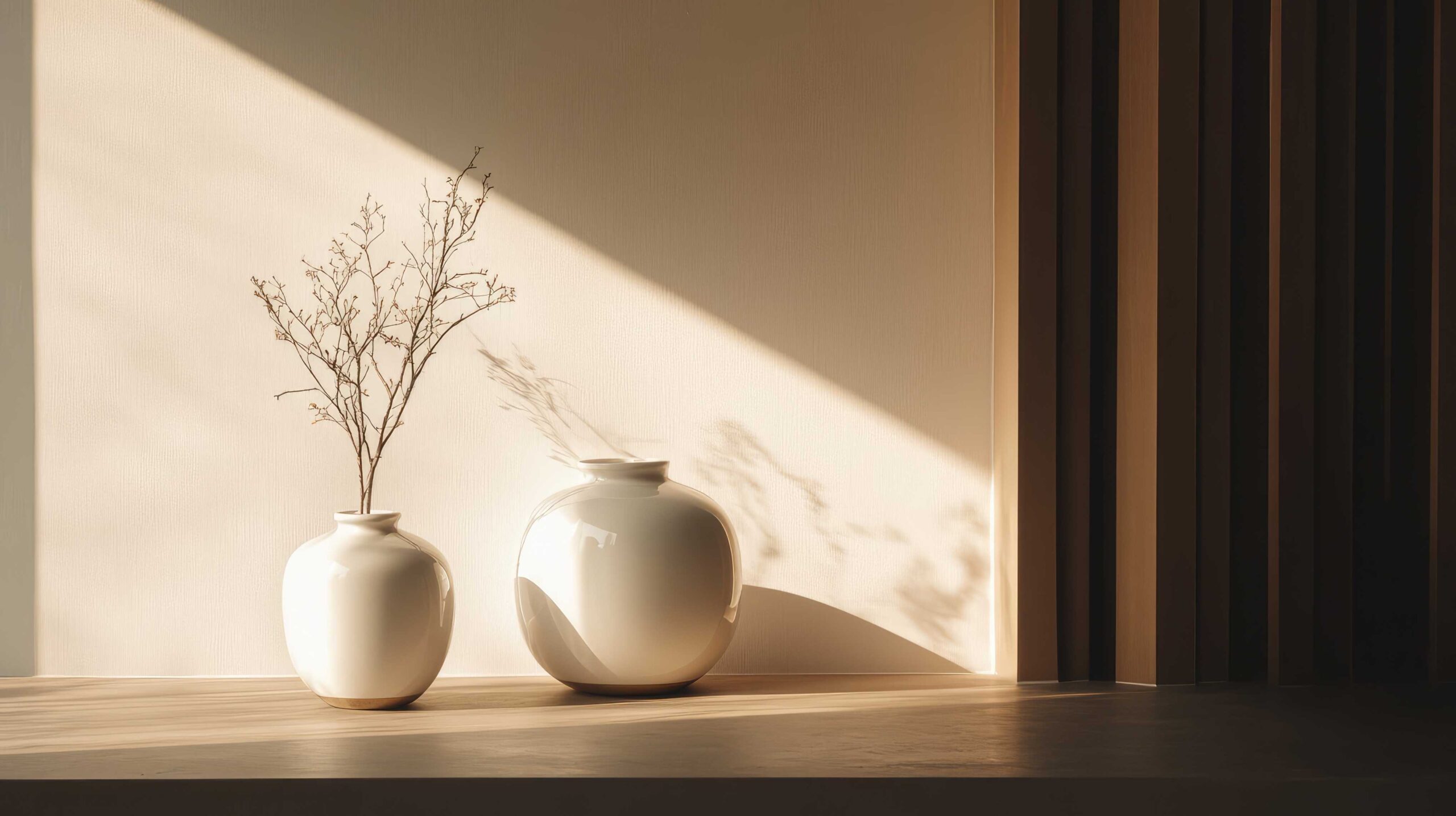As a homebuilder here in Tuscaloosa, I’ve had the privilege of working on a wide range of projects—custom homes, remodels, and everything in between. But over time, I’ve noticed something powerful: the homes that truly stand out are the ones designed with intention—not just for comfort and style, but to reflect the faith and values of the people who live there.
Faith plays an important role in many of my clients’ lives, and it’s inspiring to see how that faith influences the way they want their homes to feel and function. In this blog, I want to share some thoughts on how creating sacred spaces within a home can bring deeper meaning, peace, and purpose—not just to the family living there but to the home itself.
What Is a Sacred Space?
When most people hear the phrase “sacred space,” they might think of a church, temple, or other religious building. But the truth is, sacred spaces can be anywhere—even within your own home. A sacred space is simply a place set apart for quiet, reflection, prayer, or meaningful connection. It’s a place where you can step away from the noise of the world and feel grounded in something greater.
For many families I’ve worked with, having a dedicated prayer room, meditation nook, or simply a quiet corner has made a huge difference in their daily lives. These spaces don’t have to be large or fancy—they just need to be intentional.
Designing With Faith in Mind
When I meet with clients who want to incorporate faith into their home design, I listen carefully to what matters most to them. Some want a formal prayer room with built-in shelves for Bibles and devotional books. Others prefer an open, bright space with comfortable seating where family members can gather for devotionals or Bible study. Still others focus on having a home that fosters hospitality—welcoming friends and neighbors for meals, conversation, and support.
It’s important to remember that faith and function go hand in hand. A sacred space should not only inspire spiritual growth but also be practical for everyday life. That might mean designing a quiet space near the kitchen so a parent can keep an eye on children while praying. Or creating flexible rooms that serve as both guest rooms and places for small group meetings.
Examples From My Work
One project I remember clearly involved a family who wanted a small prayer room tucked away from the hustle and bustle of the main living area. We found a cozy spot near the back of the house and built custom shelving and seating. They wanted soft lighting and calming colors to create a peaceful atmosphere. Since completing the room, the family has told me how it’s become a cherished part of their daily routine—a refuge where they can pause, pray, and recharge.
In another home, a couple wanted their kitchen and dining area designed specifically to encourage community and conversation. They added a large island with plenty of seating so that family and guests could gather easily, and we incorporated an open floor plan to connect the kitchen with the living room. This design reflected their belief in hospitality as an expression of faith—a way to love others through shared meals and fellowship.
Creating Spaces That Invite Rest and Renewal
Rest is a biblical principle, and many homes I build or remodel aim to provide spaces where people can truly rest and renew their spirits. This could be as simple as a comfortable reading chair by a window, a peaceful master bedroom with blackout shades, or a backyard patio designed for quiet reflection.
When I design these spaces, I think about the senses—how natural light, colors, textures, and even scents can help create an environment conducive to rest. It’s about helping families slow down, breathe deeply, and feel connected to God’s peace right inside their own homes.
Faith and Family: Designing for Connection
Homes are where families grow together, and faith often shapes those relationships. Designing spaces that encourage connection—whether that’s a family room with plenty of seating, a dining room built for shared meals, or even a backyard fire pit—can help foster communication and strengthen bonds.
One of the most rewarding parts of my work is hearing from families who say their remodeled space brings them closer together. Maybe it’s a new kitchen where they cook together, or a living room designed for game nights and storytelling. These everyday moments of connection become sacred in their own right because they nurture love and faith in action.
The Builder’s Role: More Than Construction
For me, being a builder is about more than just construction. It’s about listening to people’s stories, understanding their faith and values, and helping them create homes that support the lives they want to lead. That means paying attention to the little details that make a space feel personal and meaningful.
I’m grateful that my work allows me to partner with families to bring their visions to life—not just as structures, but as homes that nourish the spirit. When a home reflects faith as well as function, it becomes a sanctuary—a place where the everyday and the eternal meet.
Designing Homes That Reflect the Heart
Building or remodeling a home is a big undertaking, but when faith is part of the blueprint, it becomes something much more meaningful. Sacred spaces don’t have to be grand or complicated. They just need to be intentional—places where families can connect with God, each other, and themselves.
If you’re thinking about your next home project, consider what kind of sacred space might bring peace and purpose to your daily life. Whether it’s a quiet corner, a welcoming kitchen, or a room dedicated to prayer, designing with faith and function in mind can transform not just your house, but your whole family’s experience.
After all, a home built on faith is truly a home built on a solid foundation.
